The Differences between Mainstream Schools and Froebel, Reggio Emilia Schools
One of the biggest decisions any parent has to make when it comes to their children is what school to send them to. We are overwhelmed with advice from well-meaning parents, what the internet has to say and literature we read when we decide to look into various schooling options for our kids. We all want our kids to be happy, so we look for a place where we feel they will fit best, where they will get the best education and where they will be happy. We previously published articles in a 2 part series where we compared Froebel, Reggio Emilia, Montessori and Waldorf Steiner schools to each other, but here we’re going to take a look at how each of them is different to mainstream schools. You can read Part 1 here and Part 2 here, for the comparisons.
In most cases, parents are lured into alternative schooling options, for good reasons, but then are put under pressure to move their kids into mainstream as soon as possible so that they can ‘cope’ in a mainstream environment. But is that really the case? Read on to find out more.
In this article we’re going to compare mainstream schools to Froebel and Reggio Emilia schools, and in Part 2, we’ll take a look at the differences between mainstream schools, Montessori and Waldorf Steiner schools, so that you’ll know exactly what you’re dealing with and you’ll be able to make an informed decision when it comes to finding the right school for your kids.
First let’s take a look at what a mainstream school really is.
What is a Mainstream School?
A mainstream school is defined as a ‘normal’ or ‘conventional’ school for all intents and purposes. The Oxford Dictionary describes mainstream as “the ideas, attitudes, or activities that are shared by most people and regarded as normal or conventional.” The kids are in a system where they belong within a group of children who are all generally in the same category.
Mainstream schooling or traditional schooling follows age categorisation of students and that all students are taught the same material at the same time. A grading system is used with the result that students that struggle to follow the pace of the quickest, can sometimes fail. In other words learning at individual pace is not really catered for. Learning is more along the lines of a passive activity through texts and lectures and not as interactive as perhaps alternative schooling approaches.
Traditional schooling follows an approach of “rote memorisation” – memorising work with little or no understanding of the subject matter which is evident in an assignment-study-recitation-test. In simple language this means at the end of a module a test is written about the work or students are given an oral on the subject matter. Languages, maths and sciences are treated as individual disciplines.
Traditional schools often have a strong religious foundation and targeted at a specific language group. Until recently these schools had a strong differentiation between genders in the subjects and activities assigned in the curriculum to boys and girls.
In mainstream schools a strong emphasis is placed on academic performance and sports as extra-curricular activities. Intelligence is often measured against grades and logical and mathematical abilities.
Mainstream schools will often have larger classes than alternative schooling, there is less individualised attention as students need to follow the pace of the academic year as we mentioned before, and they follow specific curriculums as laid out by education departments and government. Mainstream schools are seen as a way for kids to prepare for the real world beyond the classroom. It is also believed that in a mainstream school, the categories and classifications in traditional performance-based education is more defined than in alternative schools. There are some similarities between mainstream schools but there are also lots of differences in approaches to learning.
What are Alternative Schools?
Now we know a bit more about mainstream schools, what exactly are alternative schools? Alternative schools are often frowned upon and are seen as only being for special needs kids or even get some harsh critics to their ways of teaching and learning. However, the reason that these schools are around is the fact that there are options for parents to meet the developmental needs and learning styles of all kids.
So now we know what a mainstream school is and what alternative schools are there for, let’s take a look at how they stack up against each other and what the main differences and similarities are.
Mainstream Schools vs. Froebel Schools
How do mainstream schools compare against Froebel schools?
Froebel educational methodology is named after Friedrich Fröbel (Froebel) (1782-1852), who was a German educationalist. He is known and regarded as the father of the Kindergarten system. Froebel’s point of departure is that “through engaging with the world, understanding unfolds.” This belief is supported by his theory that all humans are productive and creative and to develop this creativity education should be achieved through practical work and the direct use of a variety of materials.
In practice children are encouraged to play in the Froebel schooling style. Through play children are both active and creative. Children are believed to become aware of their place in the world. This is achieved through a Froebel inspired concept of plants and animals in the kindergarten where children learn in a hands-on environment how to treat animals and care for live creatures in a humane manner.
Froebel developed special materials such as shaped wooden bricks, balls, a diamond and squares, a series of movement activities formally called occupations; how these objects are to be manipulated by children, and a linking set of theories.
The Froebel method regards the parents as the primary educators and the link between home and school should be interconnected. The Froebel classroom is therefore a carefully designed environment where a variety of tools and materials are available in order to cater for the specific development stages of children. This allows children to grow and learn at their own pace and does not force children to learn and acquire skills that they are not ready for.
Teachers are guides in the sense that the approach is to let the child learn for himself. This is done by letting the child create something, for example a clay object. The teacher will ask the child open ended questions and also guide the child to ask similar open ended questions so that a dialogue or conversation takes place between the child and the educator about the object. This approach minimises judgements from the side of the educator. The child is regarded to himself as ‘best’ and the child should therefore be given ample space with the open ended questions, to reflect on his own judgments or interpretations to the child in the style of the question.
The emphasis on fine motor skills in the pre-school phase is crucial to further learning activities such as writing and the development of hand eye coordination.
Criticism against the Froebel approach is that it is too focused on discovery-through-play with reading and instruction in reading taking a backseat.
How is Froebel Different to Mainstream Schools?
A glance at this school’s approach in comparison to a traditional kindergarten or primary school is the almost free form approach. Traditional early grades (age 7-9) in primary school follow a strict approach to reading, writing and numeracy skills. The Froebel approach is to focus on fine motor skills and guidance to learning through creativity and project approach. In the traditional environment the teacher is the primary source of information and acting in “showing and a how to manner” whereas the Froebel approach the teacher guides the child to develop their own understanding of how things function.
Mainstream Schools vs. Reggio Emilia Schools
An educational style developed after World War II by Loris Malaguzzi, a teacher, as well as the villagers in and around the town Reggio Emilia in Italy. This philosophy is focused on preschool and primary school education. After the War it was believed that children were in need of a new way of learning. The central point is that children are endowed with “a hundred languages”. These languages are the innovation, construction, fantasy, art, music, dance, building, writing, talking, signing, science, and body as well as soul elements. These “languages” are used to help children build and understand the world around them. The natural surrounding environment is incorporated as much as possible in daily learning.
Reggio is aimed at younger children, specifically 3 months to age 6. However in recent years educators have incorporated Reggio practices into elementary as well as middle schools. Reggio schools are not certified, with no prescribed method or fixed requirements which makes it difficult to establish how popular and how many Reggio-type schools actually exist.
Children are taught on the principles of respect, responsibility and community through exploration and discovery in a supportive and enriching environment based on the interests of the child through a self-guided curriculum.
The Reggio style is unique in the sense that it is not a methodology. An educator cannot be formally trained at a college or university in the Reggio Emilia educational style. Schools are Reggio inspired by adapting the style to the specific needs of their community; therefore no two Reggio schools will look the same as needs and interests of children differ from community to community.
In the Reggio approach the child is regarded to be full of potential, competent and capable in their reasoning and ideas. Children are treated as individuals and not what is typical of a child at a certain age.
Education through interrelationships is fundamental to the Reggio approach. The child, parents and Reggio teachers work together in educating and the transfer of knowledge. The common purpose is the creation of a culture where childhood is respected and protected as a time to be joyous, explorative and creative. The rights of the child are fundamental to this tri-party relationship and are defined as follows:
“Children have the right to be recognized as subjects of individual, legal, civil, and social rights; as both source and constructors of their own experience, and thus active participants in the organization of their identities, abilities, and autonomy, through relationships and interaction with their peers, with adults, with ideas, with objects, and with real and imaginary events of intercommunicating worlds. All this while establishing the fundamental premises for creating “better citizens of the world” and improving the quality of human interaction, also credits children, and each individual child, with an extraordinary wealth of inborn abilities and potential, strength and creativity. Irreversible suffering and impoverishment of the child is caused when this fact is not acknowledged”
The Reggio teacher is on the one hand the gatherer of knowledge and a strategic component in the child’s ability to learn. The teacher‘s role is to listen to the child and assist the child in interpreting his feelings in order to guide the child to a positive solution. For example, if the child is misbehaving, it is the role of the teacher to find out the reason for the child’s misbehaviour and to guide the child towards a solution.
The teacher works alongside the child – both researching and learning; the teacher carefully guides the process by listening and observing the child’s work and reasoning with his peers.
In this system, it is the right of the teacher to ensure the child’s self-learning and development and to continuously engage with parents and the community as well as fellow staff members to ensure that educational methods are in line with the school as well as the community.
In the Reggio approach the environment is seen as the “third teacher” and the school is seen as a living organism. The school is a place of shared relationships among children, teachers and parents. The school creates an environment that instils a sense of belonging, welcoming and it is authentic.
The “classroom” layout is designed to encourage interaction and communication. Objects are arranged to encourage problem solving, discovery and choices in the learning process. The layout also provides opportunity for group or individual work; however recognition is given to the fact that group work is valuable to teach children to learn from one another.
The Reggio approach is known to use long term projects as a teaching tool instead of a traditional curriculum. The child is guided by his own interests and learns through on-going interests that stimulates their curiosity.
Keeping records are core to the Reggio approach. Teachers keep careful documentation of children and their progress through observation, reflection, collaboration, interpretation, analysis and these are incorporated into the classroom. Documentation can be in the form of photographs, video clips of the class environment and interaction between children, note taking, recordings of conversations, and actual products of a child’s work. This provides a way for children re-visit an activity and to reflect on it. Recordings of children’s explanations of concepts are an important element of showing individual growth and this is a big part of making learning visible to a child. Each child has his own “journal” where photos of projects, video of interaction, quotes and transcripts of explanations and conversations are captured to show the child his own learning journey.
There are a variety of schools offering a Reggio style approach. This can be a mainstream type of school with its teaching style leaning towards Reggio. As mentioned earlier, it is difficult to accurately categorise Reggio schools as it has a strict community orientation and the style or approach can differ from community to community depending on the specific needs. It is found that some schools follow a set curricular with an element of Reggio in its teaching style.
How is Reggio Emilia Different to Mainstream Schools?
Reggio is perhaps the most “freestyle” of the alternative schooling approaches. Teachers do not necessarily have formal training or certification in comparison to traditional schools, where long-term projects, which can sometimes last as long as 3 years, form the basis of their learning environment. This is often determined by the child and guided by the teacher. A more visual form of record keeping is kept on the child’s progress in the form of photo’s recordings’ transcripts etc. whereas traditional schools record learning growth in the form of grades achieved.
Hopefully this article has helped you identify the difference between Froebel and Reggio Emilia. Next Article, we will cover the differences between mainstream schools, Montessori and Waldorf Steiner schools.


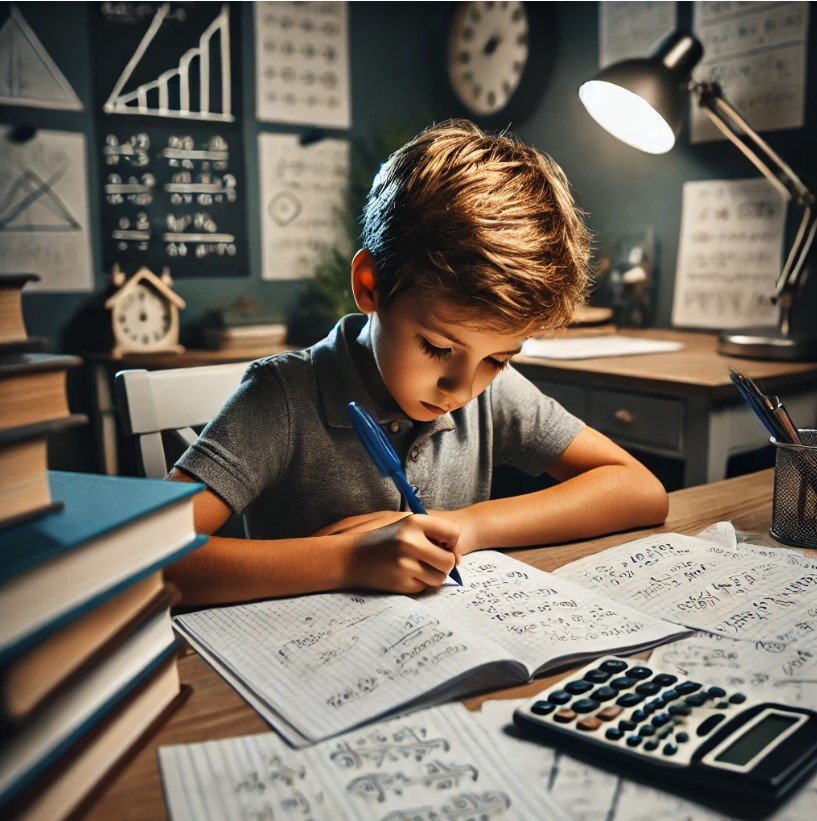

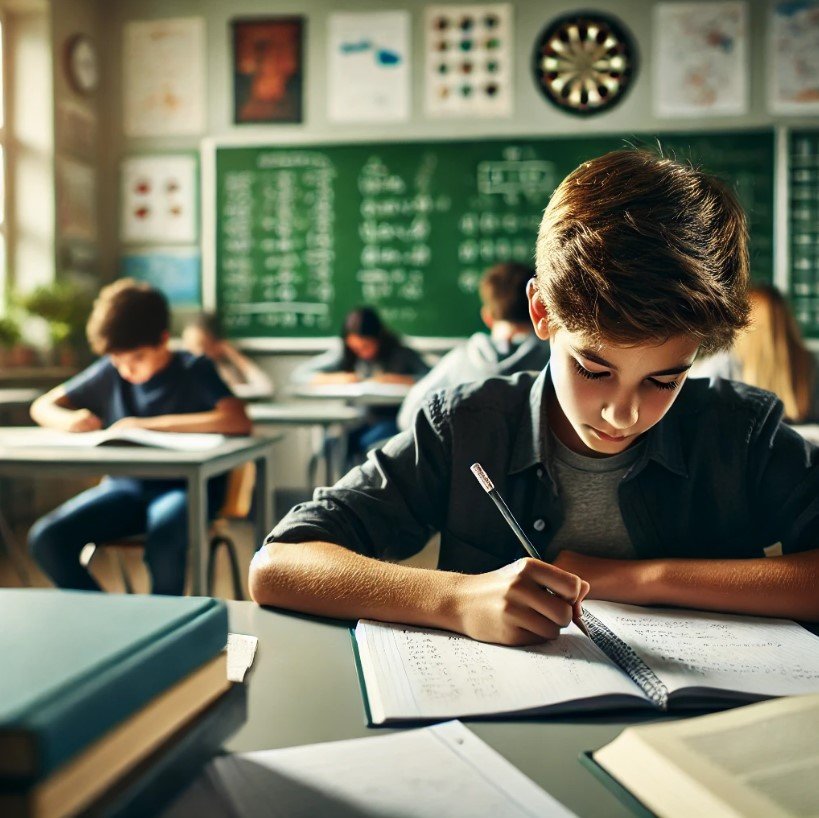
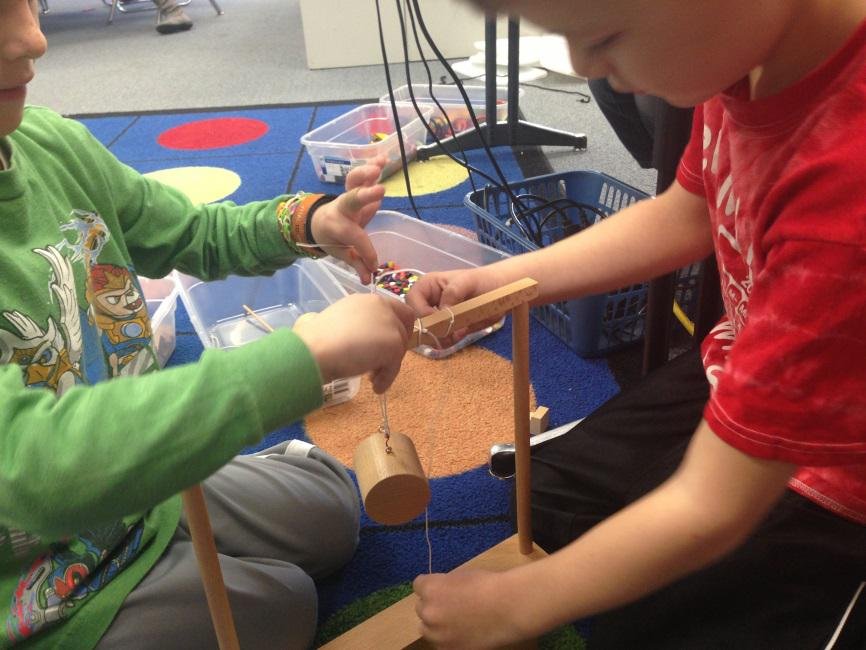
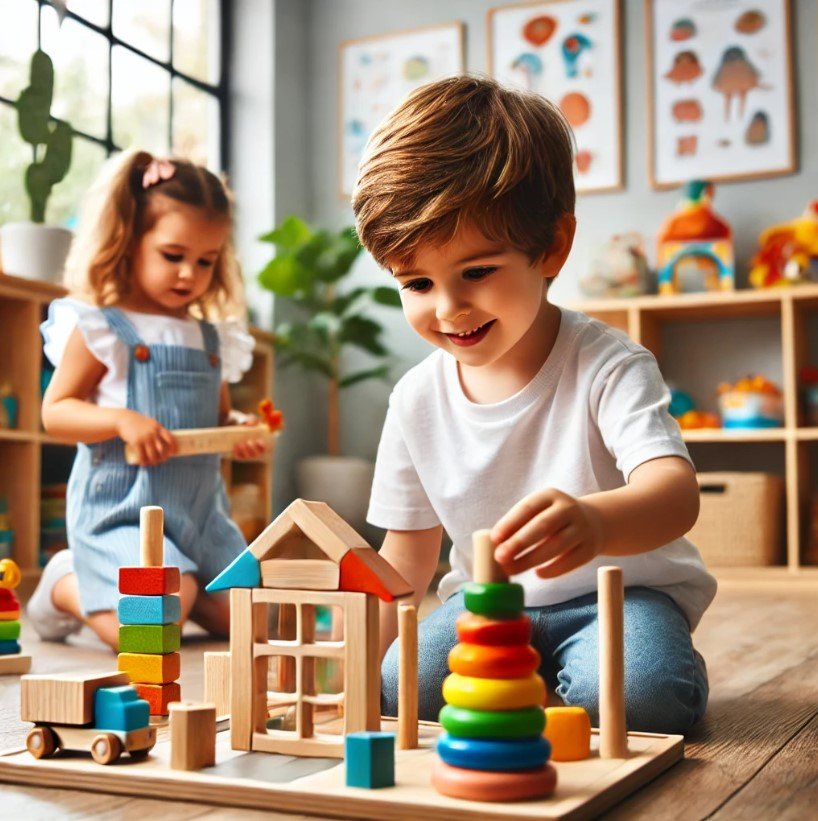


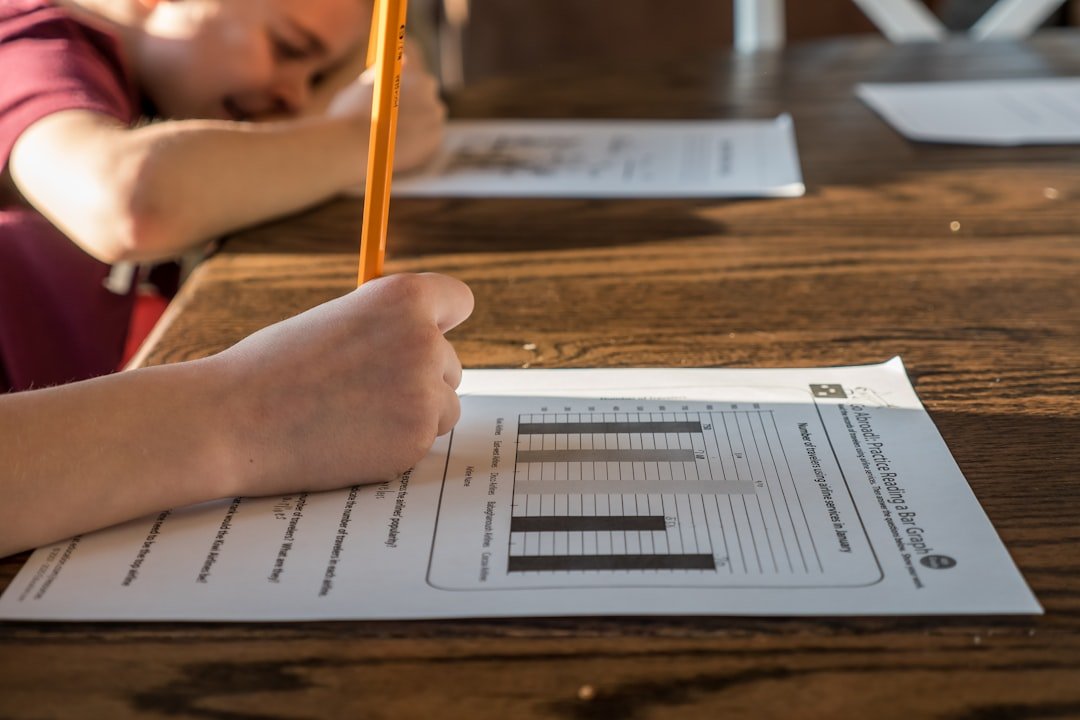
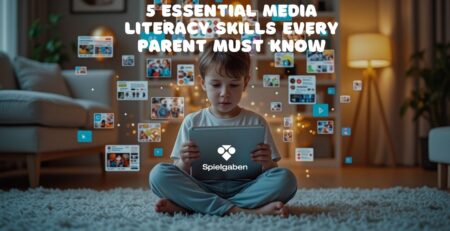


LEAVE A COMMENT